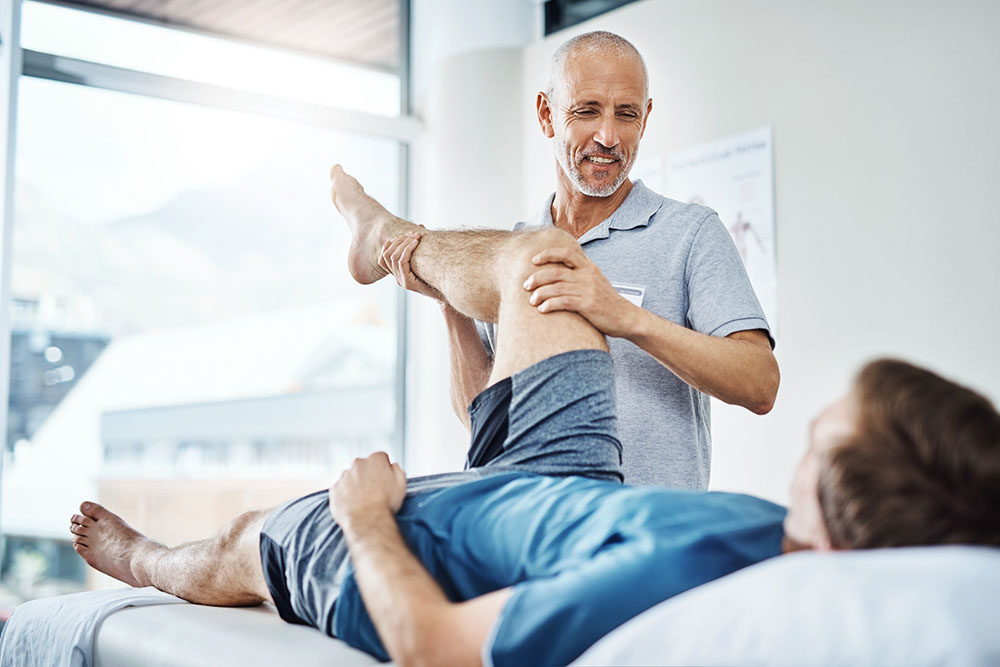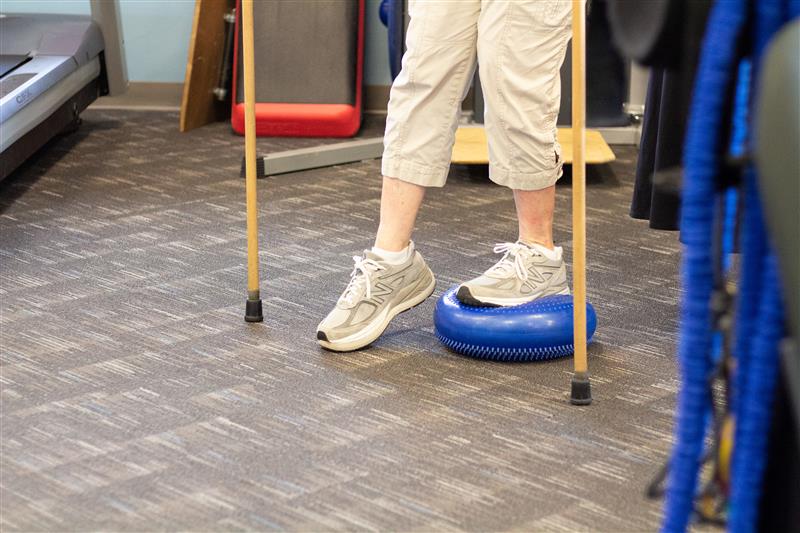Hypermobility, or “Double-jointedness,” is a condition that causes joints to move beyond their normal range of motion, making them more susceptible to pain and injury. It can occur in children and adults due to various factors, including genetics, age, and illness.
It can affect children and adults, but it does not always mean that you have Ehlers-Danlos syndrome (EDS). So, it’s essential to know whether or not you have hypermobility to get appropriate treatment and avoid injury.
This article will explain hypermobility, how to diagnose it, and what treatments are available.
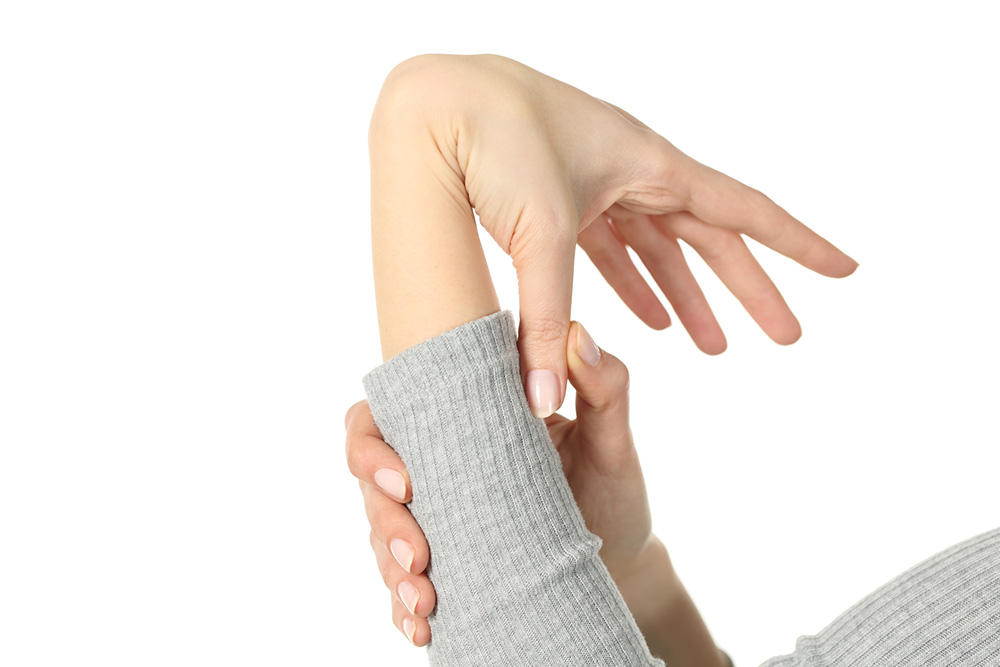
What Does Double Jointed Mean?
As mentioned, a double-jointed person has unusually flexible joints, making them less stable and potentially more prone to injury. Double-jointedness is not a disease in itself. However, it can be one of several symptoms, including swelling or inflammation around the joint, suggesting an underlying condition such as EDS or JHS.
Hypermobile people can extend and flex their joints further than people with an average range of movement. This can cause damage over time as they repeatedly use muscles in ranges that those muscles are not as capable of working in to support excess stress on the joint structure itself.
Being hypermobile does not always mean having a disorder; however, it may be worth checking if your extra joint flexibility interferes with daily activities or causes pain or discomfort during exercise or physical activity.
4 Symptoms of Hypermobility
Along with joint pain, you may experience the following symptoms:
1. Joint instability
You might be able to hyperflex or hyperextend your joints so much that they dislocate in and out of place. This can happen when you sleep at night or when walking through a crowd of people on the street.
2. Joint popping and dislocations
Hypermobility in some individuals may result in frequent stiffness and creaking associated with an increased range of motion, especially during exercise or any physical activity (e.g., showering). In such cases, if the joint starts popping and clicking, it is most likely due to fluid buildup within the space between two bones where they meet at their ends (known as synovial fluid). A dislocation is when the joint is out of place, which can be for a brief period or long enough for medical assistance to relocate it correctly.
3. Swelling around joints (extremities)
Swelling is often a sign of inflammation, which could be caused by several factors but can indicate possible damage to the joint or structures supporting it due to repeated stress involving those same areas over time. Thus, these problems became noticeable enough for someone else to notice them too!
4. Frequent stiffness and creaking
As discussed regarding popping and clicking, stiffness and creaking can occur when and if a hypermobile joint (e.g., shoulder girdle) cannot support such excessive movement. Left untreated can lead to pain and injury in these areas.
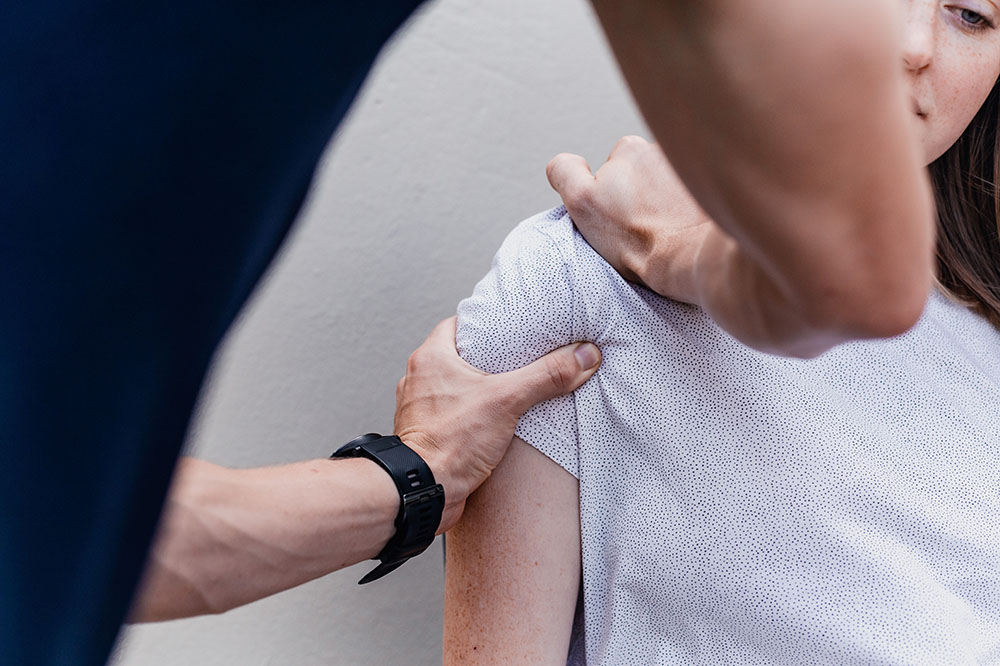
Being hypermobile doesn’t always indicate a medical condition.
Hypermobility itself is not always a sign of pathology. Some people are born with joints that allow them to bend and stretch beyond what most people can do without pain or discomfort. Sometimes, this is due to the tissues supporting the joint allowing more motion, not necessarily the joint itself. Others develop hypermobility from an injury or rheumatic disease. With age, our joints naturally become less mobile. As a result, we grow older and less active due to decreased muscle tone.
Babies and young children have very supple bodies due to their lack of muscle tone and poor coordination skills, making it difficult for them to avoid overextending their muscles during physical activity.
As children age, they learn the best way to move through practice and guidance from adults who understand how much strain each joint should be under at any given time during a movement sequence (e.g., going up the stairs). Injuries occur in young kids at times when they explore these ranges. While they should continue exploring and challenging their movement, it is necessary as a caregiver to know what movements are “high risk” and should be at least supervised.
Joint Hypermobility Syndrome (JHS) vs. Ehlers-Danlos Syndrome (EDS)
Joint hypermobility syndrome (JHS) is a subtype of Ehlers-Danlos syndrome (EDS), an umbrella term for a group of genetic disorders affecting connective tissues in the body. While JHS and EDS share some characteristics, they are different.
JHS is also not the same as being “double-jointed.” Being double-jointed refers to joints that can bend more than usual. For example, most people have slightly double-jointed joints without knowing it, but if you have JHS, your joints may be so flexible that they can be pulled apart by hand without any pain or discomfort—and you might even be born with them like this!
Diagnosing Hypermobility and Ehlers-Danlos Syndrome (EDS)
Ehlers-Danlos syndrome (EDS) is a genetic disorder that causes symptoms such as loose joints and easy bruising. It can be hard to diagnose EDS, but here are some ways to tell if you have it:
- Your joints may feel unstable or give way easily when you move them. This symptom is called hypermobility.
- After an injury, such as falling down the stairs, you may bruise easily and bleed for a long time.
- You may have stretchy skin around your joints. When stretched tight over bones, it can appear smooth and shiny rather than wrinkled like healthy skin.
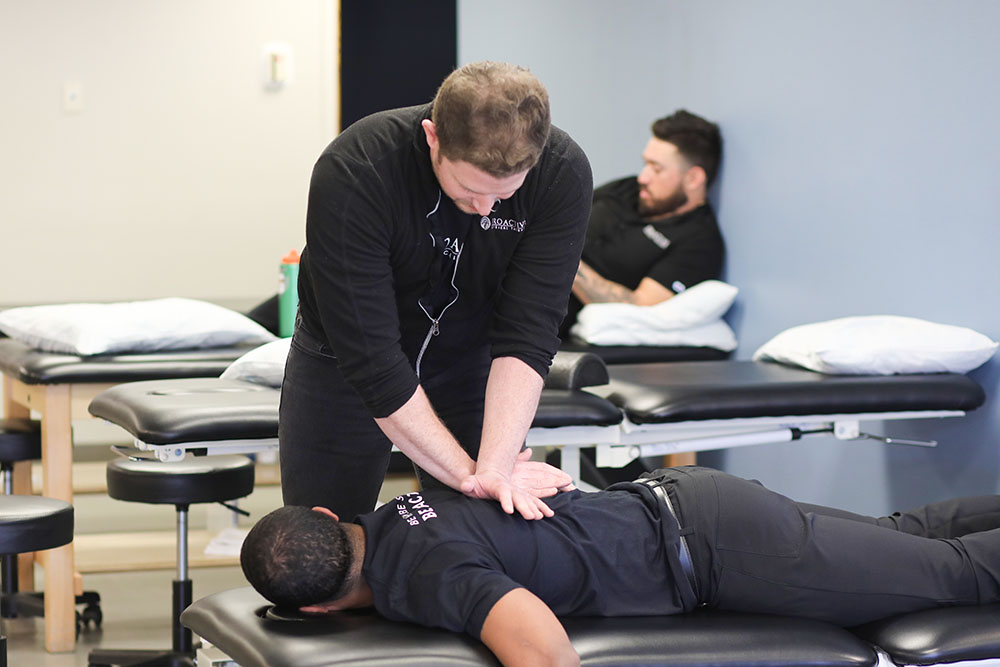
Hypermobility and Ehlers-Danlos Syndrome (EDS) Treatment
Physical therapy is the best option for treating hypermobility symptoms. Physical therapists are experts at helping people with joint hypermobility strengthen their muscles and joints, improve their posture, and manage the pain that can come from EDS.
There is no cure for EDS. However, some treatments can help manage symptoms related to the condition, such as joint pain, inflammation, or muscle tightness.
Because there’s no consensus on diagnosing these conditions, experts have suggested guidelines for diagnosing and distinguishing between types of disorders.
1. Clinical signs
To make an accurate diagnosis, a healthcare professional must document the presence of signs and symptoms associated with Ehlers-Danlos syndrome (EDS). Signs include joint hypermobility, skin fragility, or increased stretchiness in tissues such as skin or muscles. These signs are not always present but should be considered when evaluating a patient’s symptoms.
2. Genetic tests
Genetic testing may be helpful when determining if a patient has EDS. However, it is essential to note that this type of test cannot definitively diagnose EDS. Genetic testing merely gives doctors more information about the condition.
3. Family history
Your family history may provide insight into your condition because it can reveal more common patterns among people with EDS than others. In addition, it may indicate which type of EDS you have based on how often certain types were seen in your family members’ history.
Hypermobility is a common condition that affects most people at some point. It can cause various symptoms, from joint pain to mobility issues. If you think you might be experiencing signs of hypermobility, contact us for a FREE injury assessment. ProActive Physical Therapy has locations across Tuscon with compassionate therapists ready to help.

